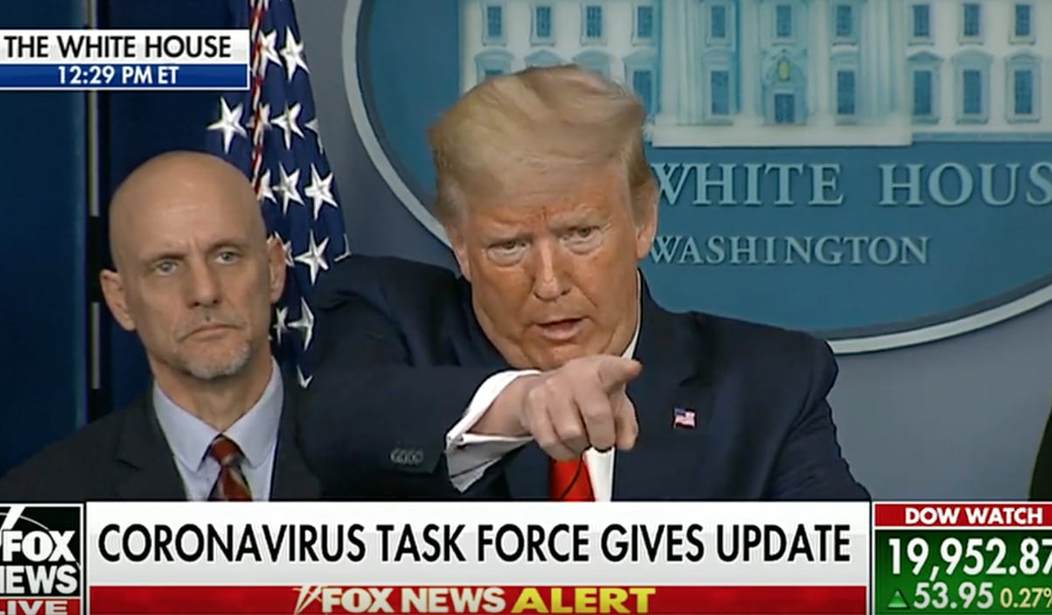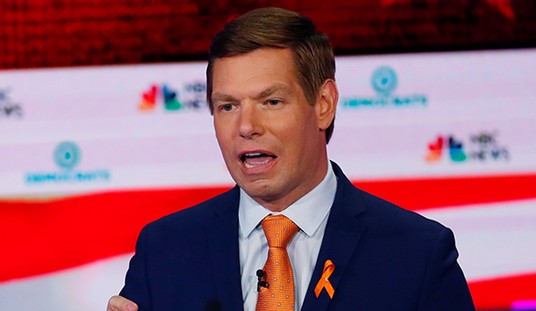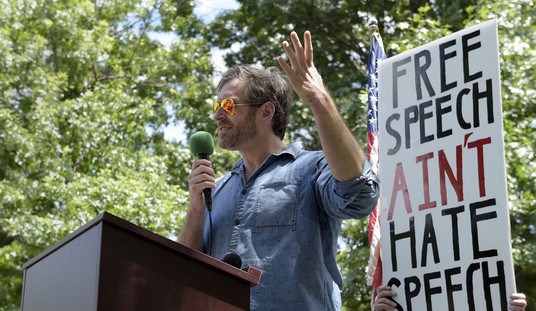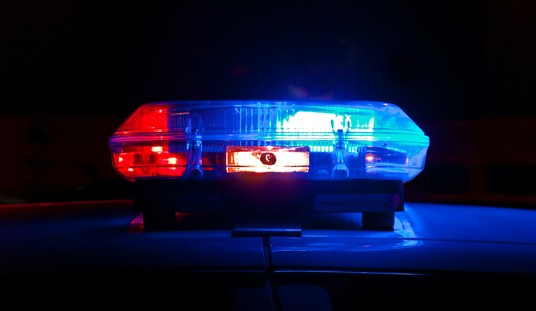The last time the U.S. did a huge stimulus, some of that largesse went to bail out some banks that didn’t need it, or didn’t want it. Some companies used those billions to buy back stock or give million-dollar spiffs to executives. The sheer massiveness of it all, the assumption of more debt by the U.S. Treasury, the generational theft involved, in addition to the government deciding which companies lived and which died sent hundreds of thousands of people to the streets in the Tea Party movement.
Now comes COVID-19 and another economic meltdown. Unlike the mortgage meltdown and economic catastrophe of 2009, the COVID-19 disaster is not one of our own making. Nevertheless, President Donald Trump had better watch his step with this $1 trillion stimulus plan or he may get the same Taxed Enough Already political insurrection.
Trump and company know this. Trump was embraced by the tea party movement during his campaign in 2016. It may be why instead of back-stopping companies with loans, they’re giving money to individuals and families to recover from the economic gut punch COVID-19 has delivered. It’s why they’re delaying tax deadlines, halting foreclosures with FHA mortgages, testing people for coronavirus for free, allowing the FDA to speed drug testing for promising therapies, unleashing telemedicine to help seniors, and working with private industry to get millions of people tested.
Bloomberg News reports that Larry Kudlow, who criticized the previous bailout from President Obama, said Wednesday the government has a role in back-stopping critical industry, but the country would seek an equity stake in the businesses:
“One of the ideas is, if we provide assistance, we might take an equity position,” Kudlow said Wednesday at the White House, adding that the 2008 bailout of General Motors had been a good deal for the federal government.”
Today the president said the same, though he only had the broad strokes of a plan:
We will be helping the airplane industry. We will be helping the cruiseline industry. We will probably be helping the hotel industry, where jobs are created. You don’t want to lose industries like this… And I can’t say this strongly enough, we will be helping small businesses – that’s where it’s complicated. There are a lot of small businesses – you know, that’s the engine of our country.
He said that it will make a difference to him if some of the companies coming to the government for money bought back their own stock with their previous bailout and “maybe I’d view that a bit differently than someone who has built plants all over the United States.”
The Wall Street Journal reports that the money in governmental loans would be divvied up this way:
The White House has proposed $50 billion in assistance to the airline industry, as well as $150 billion in assistance to other industries deeply affected by the economic fallout of the outbreak. The administration is considering offering help to the cruise and hotel industries.
Bloomberg News noted that Kudlow at one time called such a bailout an attack on capitalism:
Kudlow himself was among the critics of government intervention more than a decade back. In 2009, he called the Obama administration’s rescue of GM “an attack on free-market capitalism.”
“Call it Bailout Nation or Ownership Nation, it’s an unprecedented degree of government command, control, and planning, all in the name of a tough economic downturn,” Kudlow wrote on CNBC’s website.
Treasury Secretary Steve Mnuchin said in a memo on Wednesday that there would be two rounds of payments, according to The Journal:
In a memo Wednesday, the Treasury Department proposed two rounds of direct payments to Americans that would total $500 billion. Treasury Secretary Steven Mnuchin said on Wednesday on Fox Business that in each round, the administration wanted to send $1,000 to each adult and $500 to each child.
The new package was shaping up to include four major components: ensuring that small businesses have the cash to continue operations; providing direct cash payments to Americans, including those receiving Social Security; extending assistance for airlines and affected industries; and a fourth that would bolster resources to medical professionals.
Trump was asked on Thursday if $1 trillion would be enough and he said, “if we can stop it in its tracks, it’s plenty.” But he said a lot depends on how they respond right now.
The big difference between this bailout and the last is that Trump and company have removed regulations and rules that freed the economy and grew it to a historic high and a historic low unemployment rate. When this national emergency is over, the government needs to get out of the way of businesses, get Americans’ money back, and make sure this never happens again.










Join the conversation as a VIP Member